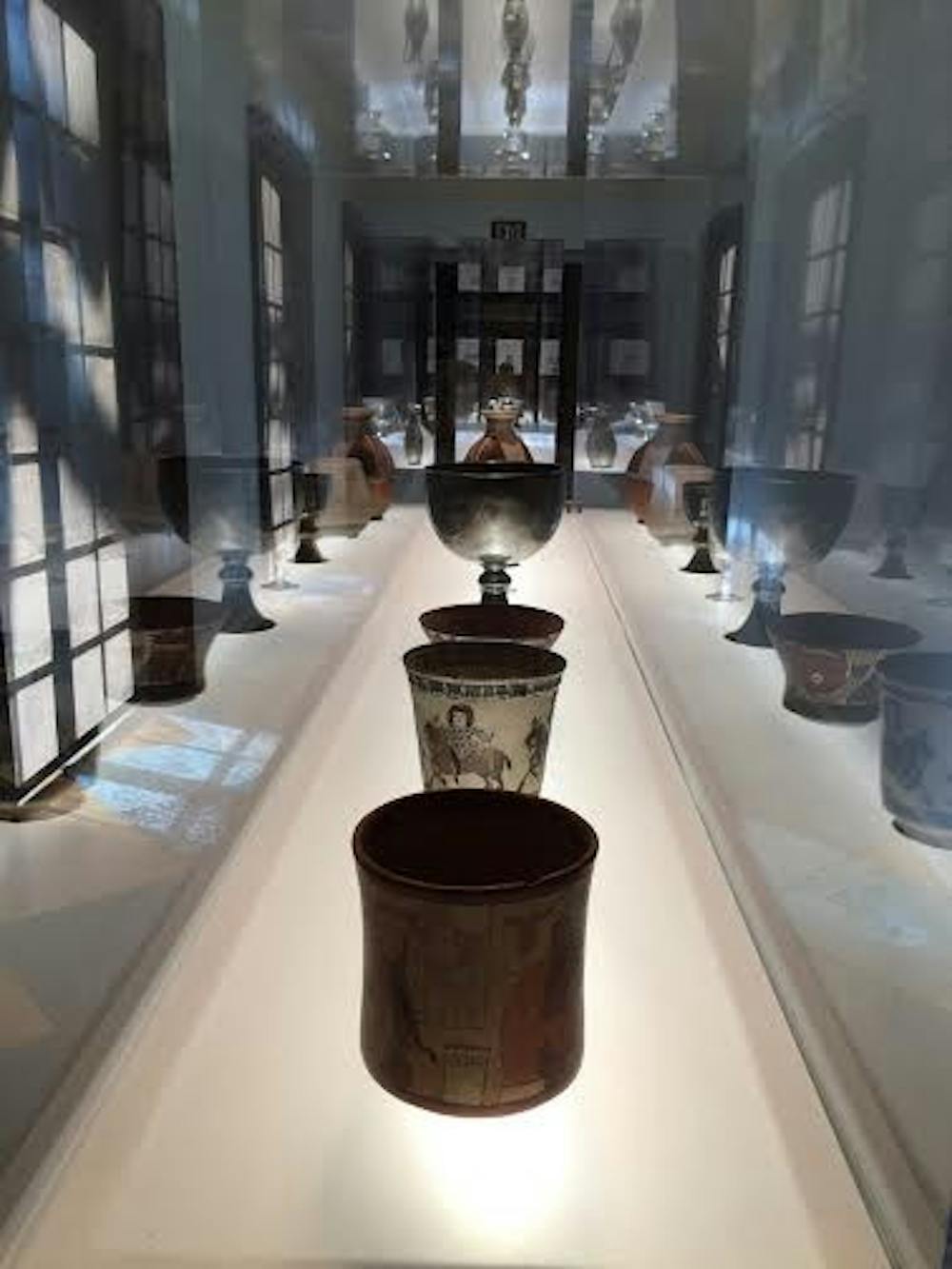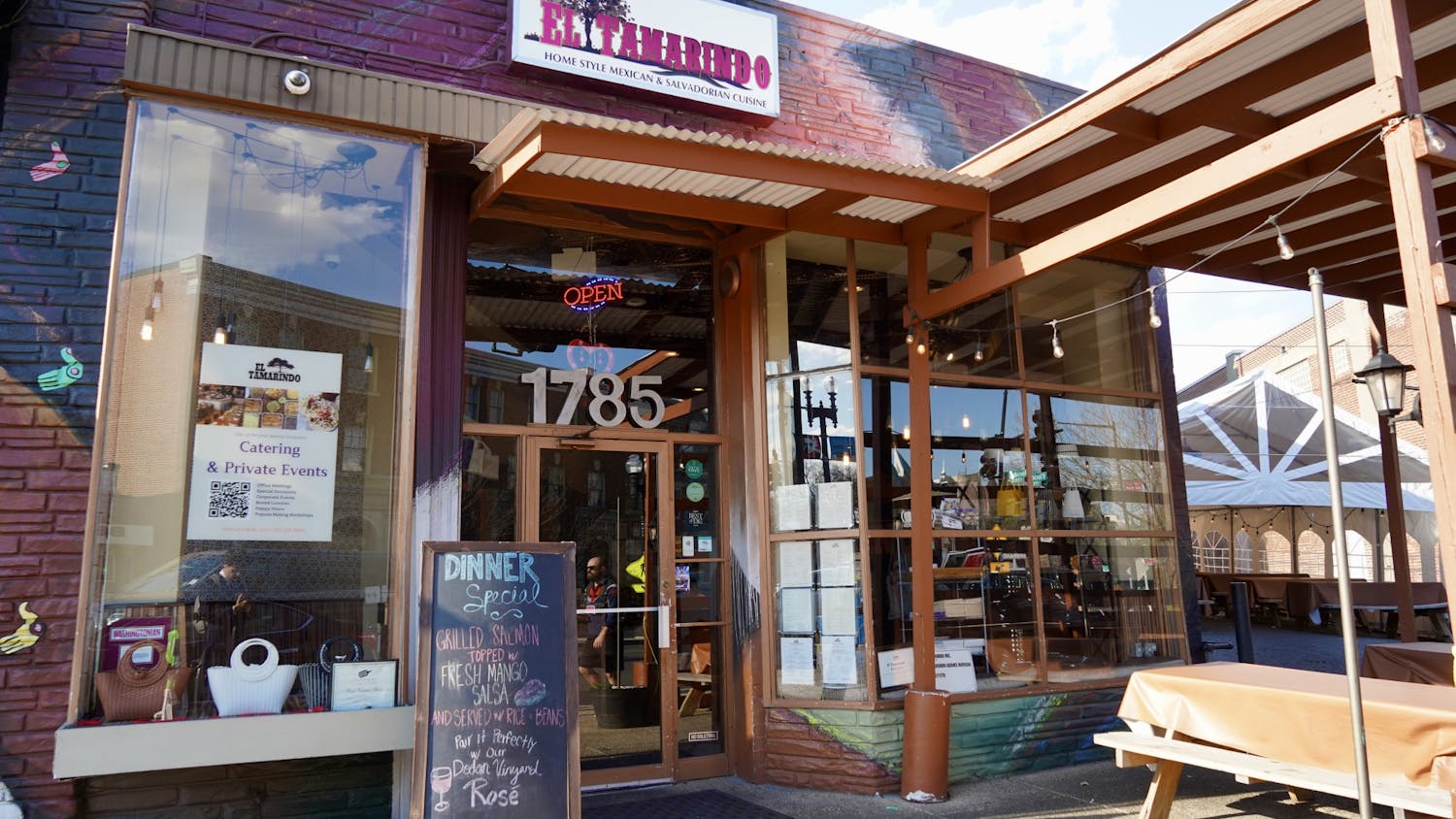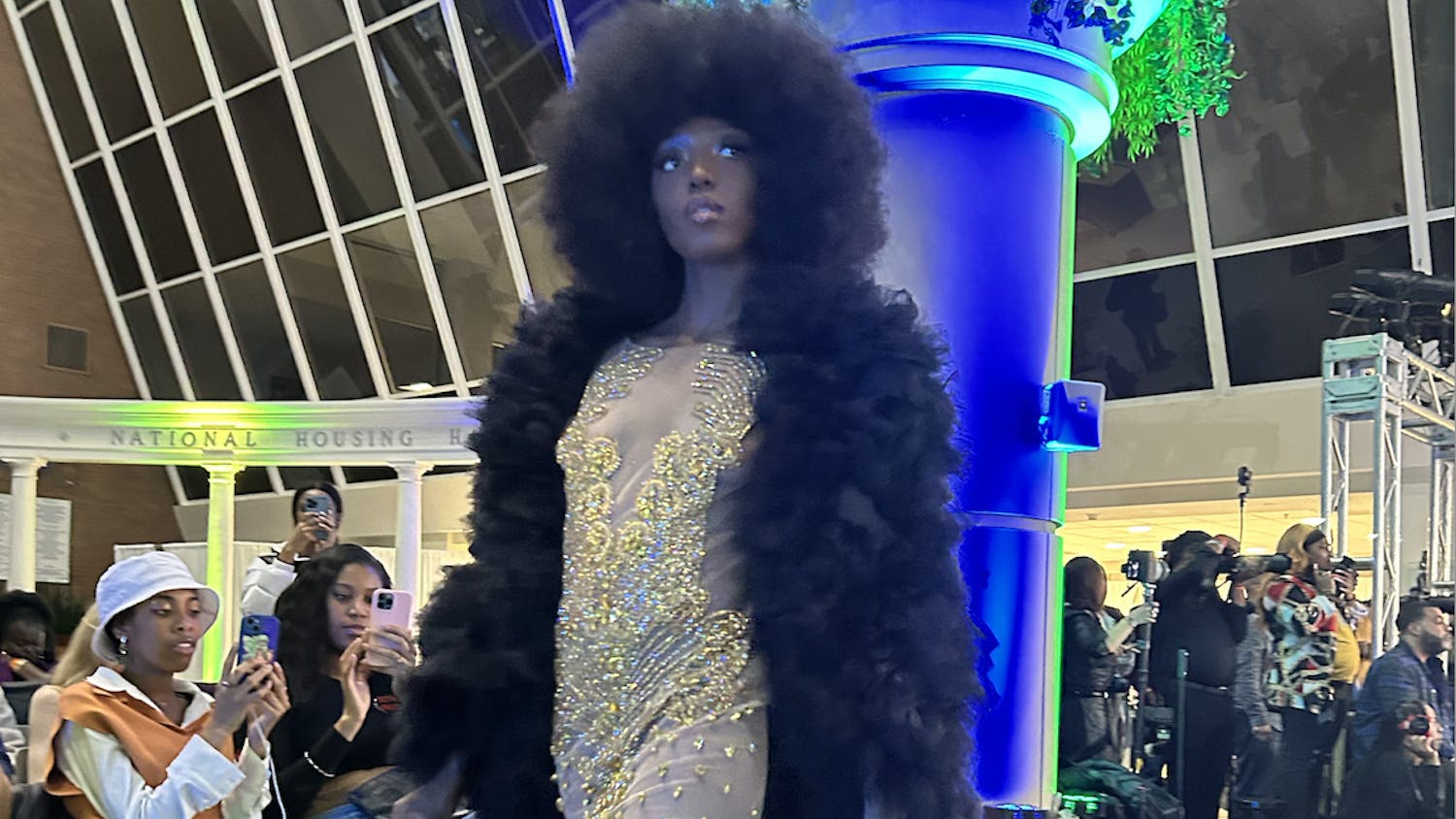Set above Georgetown and nestled among unassuming residences, Dumbarton Oaks’ museum and gardens exude mysteriousness and grace.
Originally owned by Queen Anne and later the residence of U.S. senator and former Vice President John C. Calhoun, the Oaks have a long and colorful history, according to the museum’s website. Charlotte Baer and Jerald Goldberg, two volunteer docents shared their thoughts on the museum.
"You meet an incredible amount of people, with so many interests, young and old, scholars or not, the museum is a wonderful place," Baer said.
The magic of the Oaks is undeniable. Doubling as a museum, the estate is home to a Renaissance style music hall, the Pre-Columbian Pavilion, an extensive Byzantine art collection, and a collection of rare books dispersed amongst the multiple libraries. The museum is small but its grandeur is astounding and well maintained. Baer and Goldberg have volunteered at the Oaks for nearly a decade and 25 years, respectively.
“The museum has a special environment,” Goldberg said.
Music Hall original fireplace, where U.N. foundation began. Photo by Katie Burke.
The museum’s floor-to-ceiling windows usher visitors into modernity, while housing centuries worth of art. The Byzantine collection, starts off the museum with jewelry, icons, silver, gold and gemstones from anywhere between 330 AD to 1453 AD. It then flows into the Pre-Columbian menagerie. Housed in a maze of glass, the Pre-Columbian exhibit holds some of the most ornate and unique art originating in the Americas. The next room is the Music Room, the birthplace of the United Nations Charter. In this room a group of diplomats came up with the ideas and philosophies behind the United Nations. Dimly lit with a large piano and chairs scattered around the room, it is easy to see how a group of diplomats would fit right in. The room leads to the rare books collection. Although it is not open to the public, there are still books and blueprints that can be seen.
If the interior museum is magical, the gardens are ethereal. Connected to Rock Creek Park’s trails and sprawling over 53 acres, the gardens are quite unlike anything else. With sloping brick pathways, hidden fountains, reading nooks and hundreds of sculptures tucked away, the grounds are ideal for both adventuring and relaxing.
Dumbarton Oaks greenhouse. Photo by Katie Burke.
Another must see is the greenhouse. Between the main house and a courtyard lies a small glass room bursting with life - from lemon trees to dainty purple flowers, the greenhouse gives a hint of warmer days during the winter months.
The museum is a self-described hidden gem and that’s not wrong. This winter, the museum is open 11:30 a.m. to 5:30 p.m. and the gardens are open 2 to 5 p.m., both with free admission. Starting March 15, the gardens will have extended hours and small entrance fee, $5 for students and $8 for everyone else.
Metro: 32, 34, 36 Metro buses from Tenleytown to R Street
Address: Dumbarton Oaks
1703 32nd Street NW





